A Tequila Book for Both Newbies and Nerds
Talking Agave and More with Clayton Szczech, Author of A Field Guide to Tequila
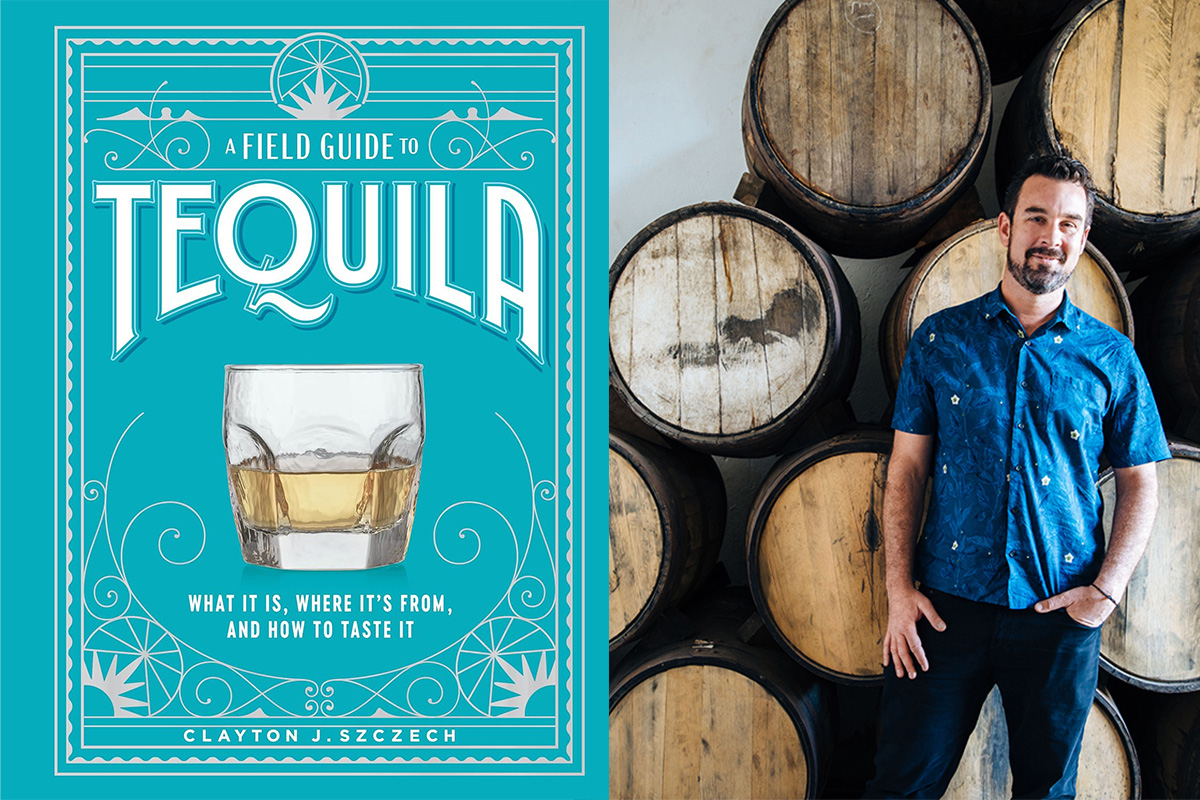
Clayton Szczech was sitting shotgun on tequila’s rocket ship ride from regional treat to global phenomenon over the past two decades. Fifteen years ago, he founded a tour company called Experience Agave, became a full-time resident of Mexico three years later, and now lives in Puerto Vallarta, where he’s researching another agave-based spirit called raicilla as part of his Ph.D. program at the University of Utah.
“It’s not that I feel at home in Mexico, but I feel like it’s familiar and different enough at the same time that every day presents challenges and a little adventure,” said Szczech, who was born in Santa Maria, briefly lived in Buellton (home to much of his extended family), and grew up in Bakersfield. “Mexican people have always opened their doors to me and allowed me to appreciate things that I wasn’t born into. I am very grateful.”
When the pandemic struck and his tourism business halted, Szczech unearthed the boxes of notes he’d taken over the years from his many tequila trips. He knew that there was a need for an updated book written in English about tequila — most others are either out-of-print, in Spanish, or for an academic audience — and so did Artisan Books. Their combined efforts were published this fall as A Field Guide to Tequila: What It Is, Where It’s From, and How to Taste It. It’s a full-color, 247-page journey through (and beyond) the basics and into the haciendas of dozens of tequileros.
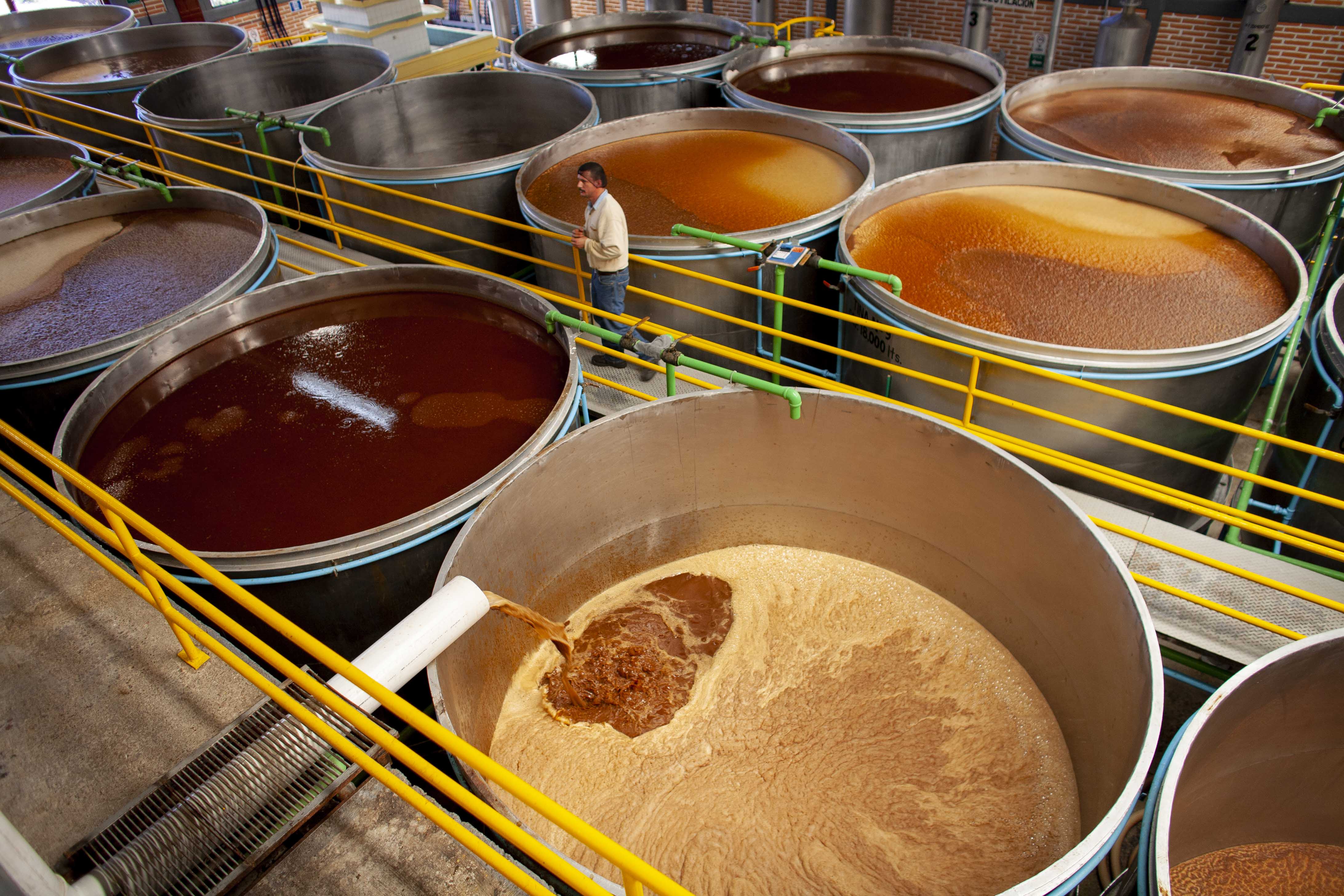
Speaking to both the tequila-educated and the complete newbie was a primary goal. “I want people to be able to put their toes in the shallow end but then also let people cannonball in on the other side,” said Szczech, who was initially pitching a “much nerdier, less good” book. “We really found a balance. There’s a lot in the book, but it’s something that you can take in little two-page pieces from time to time.”
Szczech was drawn to Mexican culture as a teenager, when Bakersfield was split between whites like him and Latinos. “Things always felt very separate to me and I didn’t really like the attitudes I grew up around,” he explained, so he studied Spanish in high school. “All of the sudden, I’m given this key to a door that opened the other half of the town, and the half that felt a lot nicer to me.”
Though tequila’s fast-rising popularity was good for his tourism business, Szczech is happy that it didn’t only benefit the already wealthy. “A lot of those winners are people who were already winning and were gonna win no matter what. But when you have a boom this big, other people are also gonna win,” he said, referring to the many small producers that have become his friends. “These are the folks who, in an alternative universe, could have stayed very poor but are now doing very well. These are farmers who got the timing right. It’s like surfing — you could catch the waves or you could just get smashed.”
There are numerous downsides, of course, from ecological issues to the inequalities that always come with a capitalist system. Szczech also worries about lax quality standards. “Much of the tequila out there right now is stuff that doesn’t really represent agave, doesn’t speak to the land, doesn’t speak to a natural process,” he said. “These products take up such a huge chunk of the space that you have an entire generation of people thinking that good tequila tastes like pancake syrup and vanilla frosting. I agree those things are tasty, but it’s not what we’re looking for in a good tequila.”
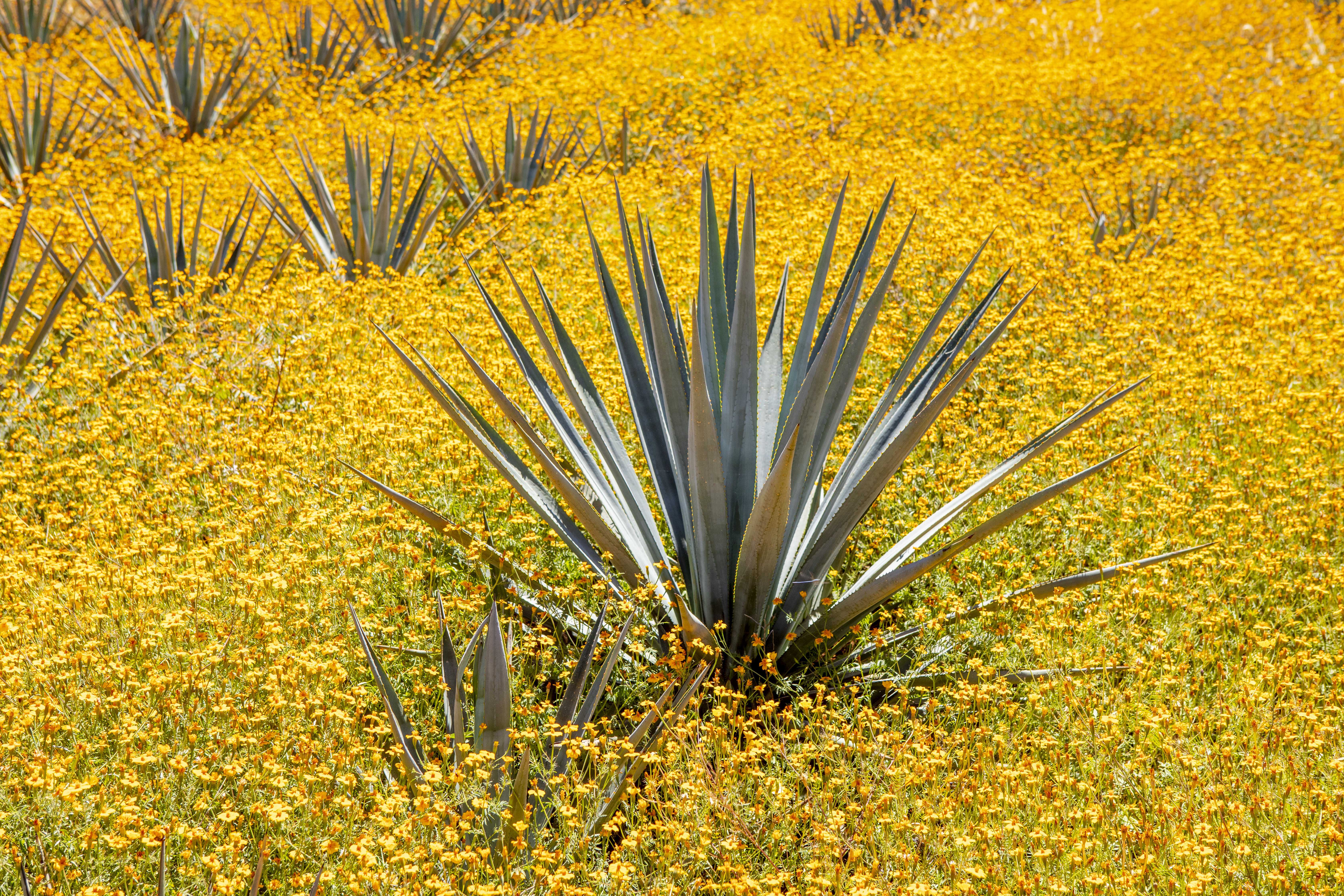
And despite scientists “ringing the alarm for 20 years,” the entire tequila industry hinges on just one variety of agave grown in one region of the world. “We are always one crisis away from losing this entire species of agave. We came very close the last time in 1997,” said Szczech of that year’s disastrous freeze. “You have such a degree of monoculture and such a degree of vulnerability to extreme weather events, which are no longer extreme. It could totally happen.”
While the tequila boom now encompasses bottlings both fantastic and horrendous, the newer mezcal boom is trying harder to keep its soul. “In the mezcal boom, almost all the growth is from artisanal and traditionally made projects,” said Szczech, who’s actively monitoring how raicilla producers navigate their nascent niche. “That’s opened up the space to focus on the plants and the land.”
He’s intrigued by California’s agave movement, and plans to attend the second annual California Agave Symposium at UC Davis on December 13. “It shouldn’t be surprising: If there’s a crop in the world that someone is making money growing, California is gonna get in the game eventually,” said Szczech. “California is trying to grow tightly and keep it as an artisanal thing. It will be interesting to see if they can sustain that.”
Szczech’s A Field Guide to Tequila should be required reading for all of those California agave enthusiasts, not to mention anyone else who enjoys sipping agave spirits, meeting generational farmers and distillers, or just learning about a legendary plant and process in this fascinating part of the planet.
See claytonszczech.com.

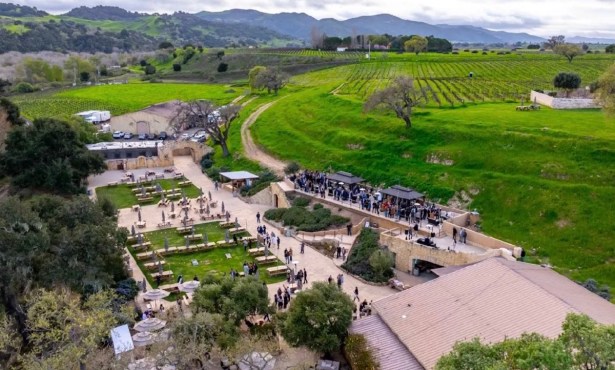
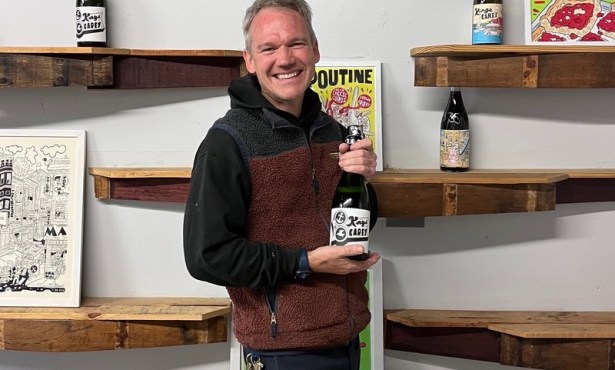

You must be logged in to post a comment.